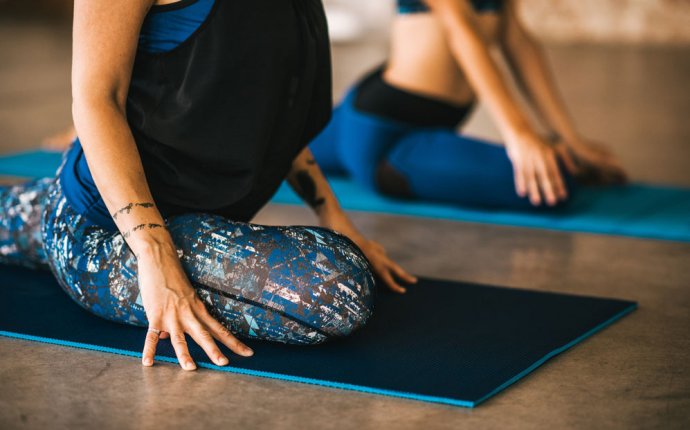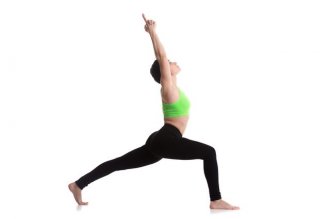
What do Yoga Poses mean?
 Yoga is rooted in spiritualism, and many of the postures have a meaning that goes beyond simple strengthening and lengthening of muscles. Some poses indicate strength, such as Warrior pose, and some indicate submission, like Child's pose. This ancient form of exercise goes deeper into the connection between mind, body, and spirit than the typical gym workout by using specific postures and poses.
Yoga is rooted in spiritualism, and many of the postures have a meaning that goes beyond simple strengthening and lengthening of muscles. Some poses indicate strength, such as Warrior pose, and some indicate submission, like Child's pose. This ancient form of exercise goes deeper into the connection between mind, body, and spirit than the typical gym workout by using specific postures and poses.
Read More: What Type of Yoga Is Right for You?
In yoga, most of the postures you do come from Hatha yoga. These poses are also known as "asanas." There is a story behind some of the more well-known asanas practiced in yoga. Some derive their inspiration from animals, some from the Earth and some from ancient spiritual stories. Understanding the full meaning behind the poses that you do in yoga class will help build you connection to the spiritual aspect of yoga.
The multiple forms of Warrior pose (there are three main poses and three other variations) are all derived from the ancient story of a warrior named Virabhadra, the son of Hindu god Shiva.
In the story, Shiva became angry and tore out a lock of his hair, throwing it on the ground. The hair turned into Virabhadra, an incredibly powerful warrior, who used righteous anger to defeat enemies. The Warrior poses are different embodiments of this powerful warrior. They are meant to symbolize the overcoming of the ego and ignorance.
Warrior pose invokes the spirit of the mythical warrior Virabhadra Photo Credit fizkes/iStock/Getty ImagesThe origins of this pose come from an Indian epic poem by Ramayana. In part of the poem, a woman named Sita is captured by the demon king Ravana, who holds her prisoner at his palace and tries to convince her to forget about her exiled husband, Rama. Convinced that Rama will come save her, Sita finds solace among the trees outside the palace, where she meditates and waits for Rama to rescue her.
The trees are representative of the patience and conviction that Sita had in waiting for her exiled husband. At one point the trees speak to her, saying "Stay still, little sister. Be calm and steady, like us. Seasons change, we know, we know. This captivity is not forever. Stay still, and remember Rama." During Tree pose, one of the goals is to stay rooted through your foot into the ground and hold the pose with patience.
While this may seem like one of the simplest poses in yoga, there is more than meets the eye. In Child's pose, you are resting on the ground with your arms stretched forward and legs tucked underneath you. This position is meant to symbolize and bring forth your connection to the childlike sensation of surrender. The goal of this exercise is to be in a state of non-doing, according to Yoga Journal.
Read More: Top Ten Yoga Postures
This is an important posture to learn, especially if you are high-strung or stressed out. There is an emphasis on correct breathing with this posture, which further strengthens your connection between mind and body, bringing you into a state of awareness that helps you to fully relax your body into the posture.
Savasana, or Corpse pose, is usually the last pose in a yoga class. It's a relaxation pose, performed while lying on your back on your mat. This pose is meant to mimic death to help you prepare. It's important to remember that the yogic version of death is different from the view held in the West. Death is seen as the highest moment of life, which is why it is important to prepare for it.









